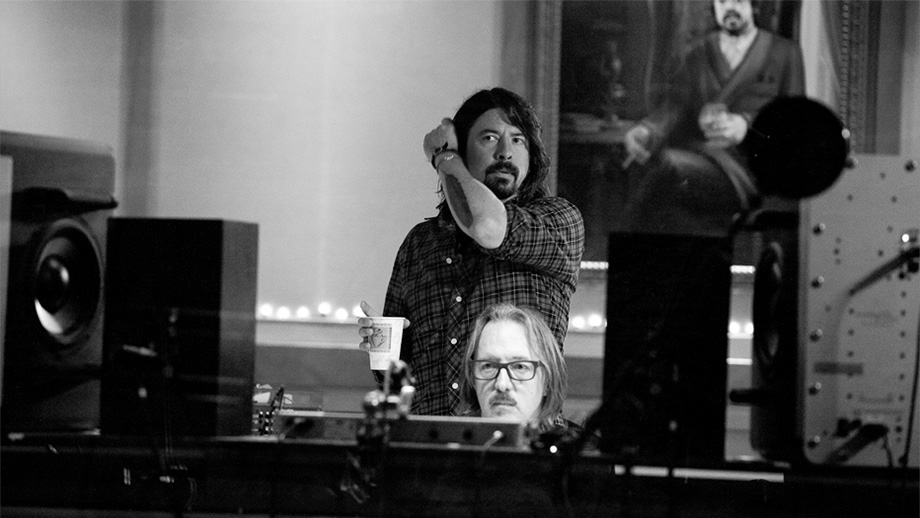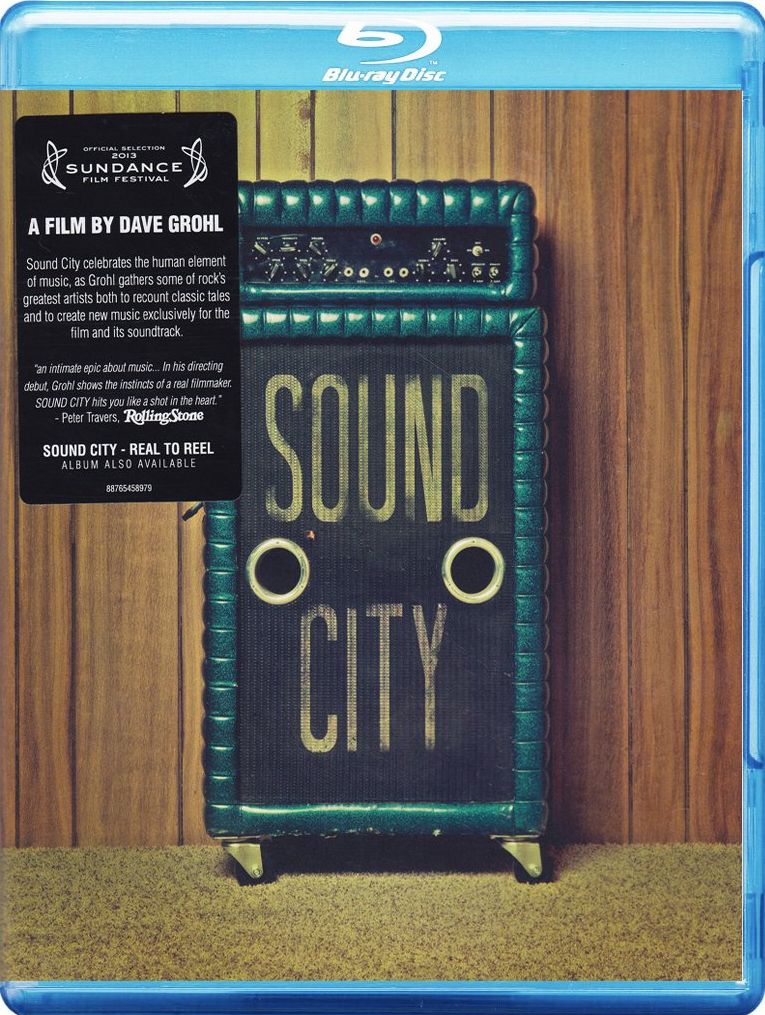 Last night, I finally got the chance to sit down with Dave Grohl’s 2013 documentary (and directorial debut) about Sound City Studios, a studio responsible for so many legendary albums from Fleetwood Mac, Nirvana, Tom Petty, Pat Benatar, Rage Against the Machine, and countless others. The film, simply titled Sound City, chronicles the studio’s early days and struggles, and showcases interviews from Lindsey Buckingham, Stevie Nicks, Petty, Lars Ulrich, Trent Reznor, Butch Vig, Josh Homme, Grohl, Stephen Pearcy, Rick Springfield, and a continuing army of Rock and Roll kings and queens from past to present.
Last night, I finally got the chance to sit down with Dave Grohl’s 2013 documentary (and directorial debut) about Sound City Studios, a studio responsible for so many legendary albums from Fleetwood Mac, Nirvana, Tom Petty, Pat Benatar, Rage Against the Machine, and countless others. The film, simply titled Sound City, chronicles the studio’s early days and struggles, and showcases interviews from Lindsey Buckingham, Stevie Nicks, Petty, Lars Ulrich, Trent Reznor, Butch Vig, Josh Homme, Grohl, Stephen Pearcy, Rick Springfield, and a continuing army of Rock and Roll kings and queens from past to present.
The studio was originally run by Joe Gottfried and Tom Skeeter, two guys who wanted to start a record company and also got into artist management. After a rough start, Skeeter ponied up $75,175 to buy a state-of-the-art recording console from Rupert Neve, a British electronics genius who built technologically advanced audio gear. The Neve purchase was a big deal. As Skeeter mentions in the film, the cost of the Neve 8028 analog mixing console was more than double the man’s home purchase! Needless to say – it was quite a chunk of change for 1969. 
Grohl recorded Nevermind at Sound City with Nirvana and was inspired to create the documentary after he purchased several items from the studio including the Neve 8028 (now located in Grohl’s home studio) when the studio closed in 2011. His love affair with the studio and its story is understandably shared by many of the musicians who spent time there; their testimonials fuel the story and cyclically, the story fuels their passion for music.
Grohl’s intention, both here and in his own music, is to make sure the human element in music is never lost amidst our plunge into the Digital Age – and studios and the equipment they house are a huge part of the music-making experience. After all, just how much will we continue leaning on computers for? And how long will it be until machines have fully taken over the production process? These artists’ love for analog recording techniques and old school methods are absolutely commendable, and lets face it, comforting for us music fans.
After the story of days past is told, the film segues into Grohl’s recording sessions with other aforementioned artists. The result is the album Sound City: Real to Reel. The jam sessions that take place in front of your eyes are pretty mindblowing – Paul McCartney joins the surviving members of Nirvana; Nicks croons with Grohl, Taylor Hawkins, and Rami Jaffee backing her; Rick Springfield fronts the Foo Fighters; Trent Reznor sits in with Grohl and Homme. The tracks were produced all on Sound City’s former equipment with Vig manning the soundboard. The results are crisp, loud and old school. Some may argue that it’s music heard and recorded the way it should be. It is indeed a treat.
At times, the film can be a little self-indulgent. Grohl has been quoted calling Sound City his “life’s most important work.” Is this true? It might be. Though I wish Grohl would’ve let the film speak for itself and let others make the gigantic claim if they chose. Despite this gripe, Sound City really is a great film that highlights a slice of music history that is now lost and gone forever.
Well, except for the gear stashed in Grohl’s basement.
Film Grade: A-
Album Grade: B+
The film is now out on DVD and Bluray. It’s not on Netflix, but digital fans can find it on iTunes. The album is out on CD and can also be found on Spotify.



I want to see this!